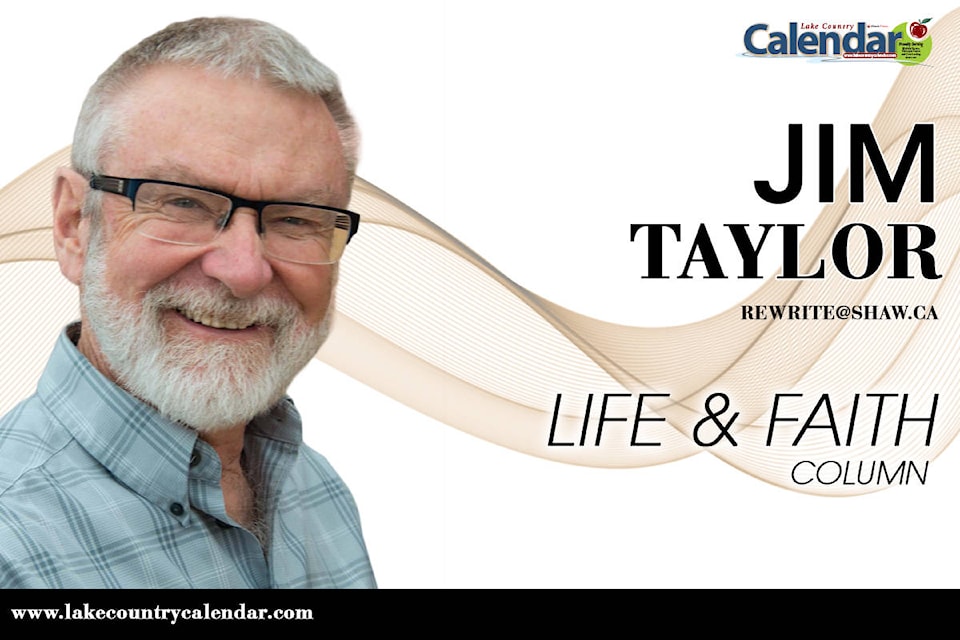By Jim Taylor
Three days before Canada celebrated its 150th birthday, a group of indigenous protesters erected a large teepee on the lawn in front of Canada���߲��о����s parliament buildings, as a symbol of the mistreatment their ancestors had received from the colonizers of this country.
They had tried to set the teepee up the previous evening, but had been forced off the parliamentary lawn by the police. Which also seems symbolic. It re-played the experience of Canada���߲��о����s original inhabitants ever since Jacques Cartier landed on the Gaspe Peninsula in 1534 and claimed Canada for France.
Or perhaps it started in 1497, just five years after Columbus discovered the Americas, when John Cabot, born Giovanni Caboto, landed in Newfoundland and claimed it for King Henry VII of England.
Except that Newfoundland wasn���߲��о����t part of Canada yet.
But then, neither was Gaspe.
The land mass now known as Canada has existed a lot longer than 150 years. Rocks around Hudson���߲��о����s Bay go back roughly four billion years.
People have lived on that land a lot longer than 150 years. The First Peoples arrived here at least 12,000 years ago. Maybe longer.
Canada���߲��о����s 150th birthday actually celebrates a legal fiction. On July. 1, 1867, a stroke of the pen in London changed Canada from a colony to a nation. Not yet fully independent���߲��о����Canadian government decisions could be appealed to the British parliament for adjudication. Britain still had to approve changes in women���߲��о����s legal rights, for example.
Full independence didn���߲��о����t come until April 17, 1982, when the British parliament approved Canada���߲��о����s new Constitution Act.
The 1867 Canada wouldn���߲��о����t be recognizable today. It had only four provinces���߲��о����Quebec, Ontario, Nova Scotia, and New Brunswick. The present country, with 10 provinces and three territories stretching north to the Pole, only took its current shape April 1, 1999. The creation of Nunavut as the third northern territory resulted from the largest land claims agreement between the Canadian government and the Inuit people.
By some coincidence, during the week before Canada Day, a small group at my church had discussed ways of repairing the harm done by the colonial mindsets of past generations.
Not until later did I realize that our thoughts perpetuated that colonial mindset. They were about what we could do for them. (I���߲��о����m deliberately using first person pronouns for the predominantly white, affluent, largely urban society to which I belong, and third person for indigenous peoples.)
All around the world, the colonial mindset has imposed our values on them. Our models of governance. Our education systems. Our currency. Our moral codes. Our religion.
Oh, and by the way, our diseases, our alcohol, and our addictions.
Maybe we were right. Maybe our ways would have overwhelmed theirs anyway, no matter what we did.
And so, with the best of intentions, we now ask ourselves what we can do to improve their situation.
But���߲��о����and here���߲��о����s the point���߲��о����we never ask them how they might like us to change.
Maybe they don���߲��о����t know. Maybe, with 634 recognized ���߲��о����nations���߲��о���� and bands, representing 1.8 million status and non-status members, a consensus isn���߲��о����t possible. And maybe the ways they would want us to change would be unacceptable to us.
I don���߲��о����t know. None of us know.
Because we have never asked that question.
Author Jim Taylor lives in Lake Country: rewrite@shaw.ca



